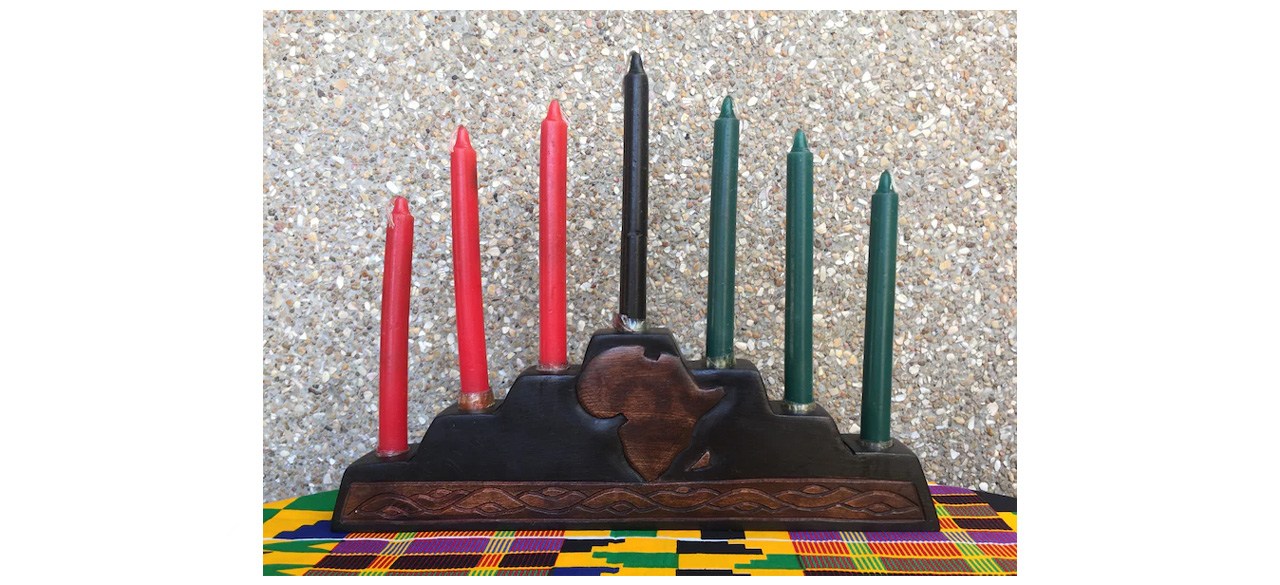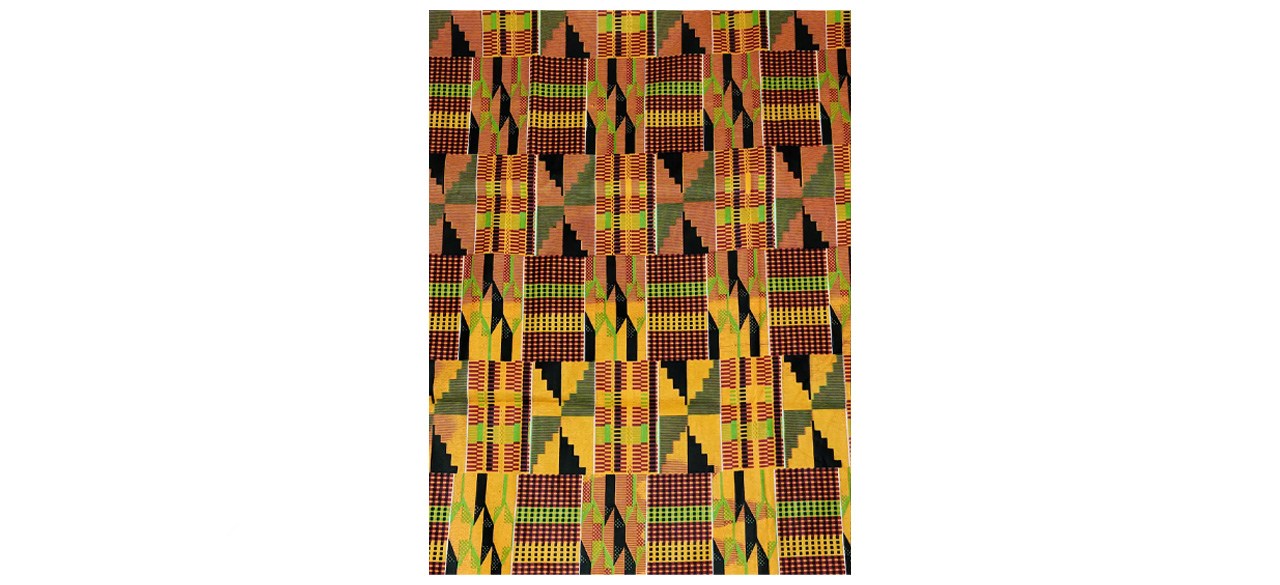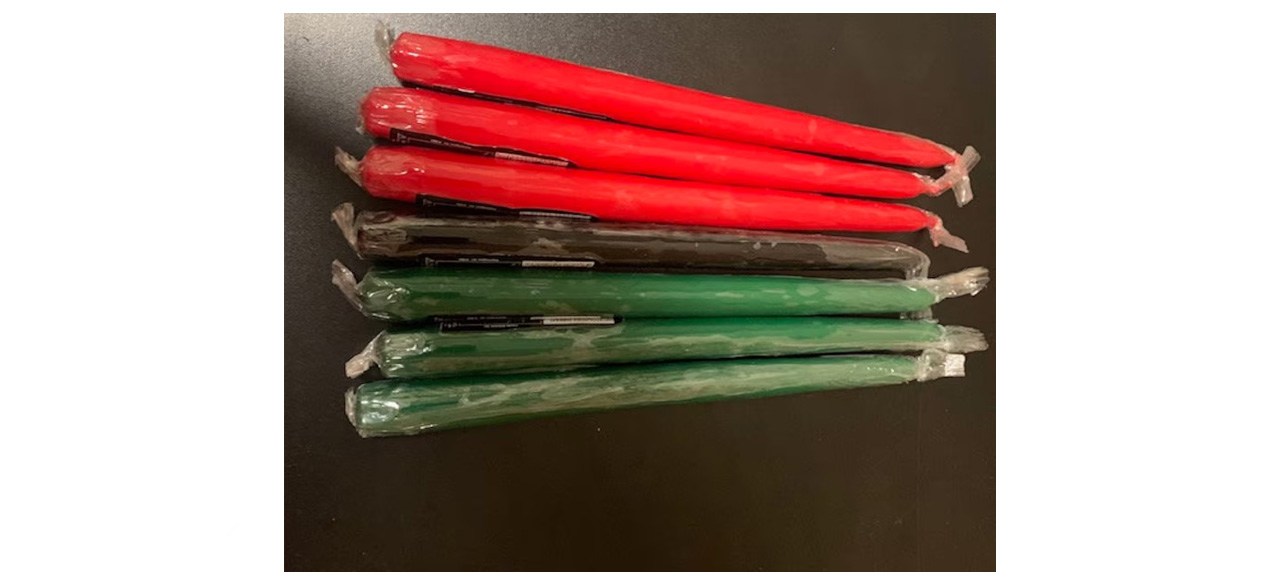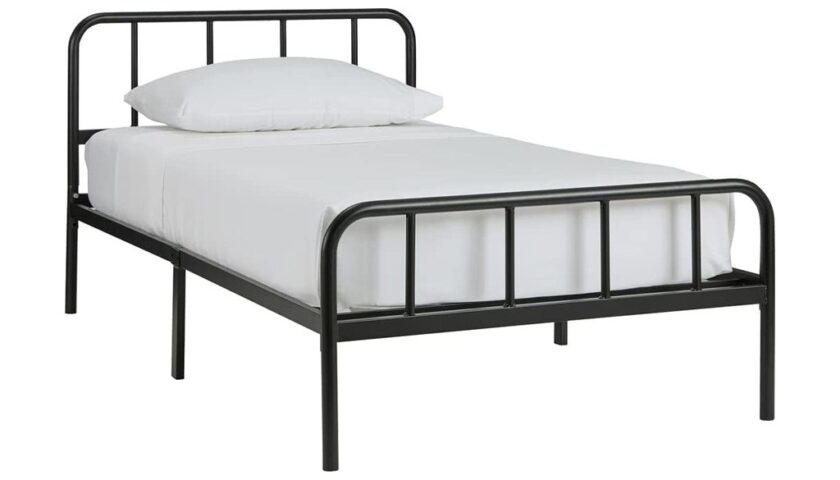Which Kwanzaa decorations are best?
Dr. Maulana Karenga created Kwanzaa in 1966 to find a way to bring the African community together in America. The holiday, Kwanzaa, stems from the Swahili phrase, “matunda ya kwanza,” translating to “first fruits.” Every year, the holiday begins on Dec. 26 and ends on Jan. 1, and traditional Kwanzaa decorations create a festive experience for young children.
If you need a candle holder for this upcoming Kwanzaa, a Cobishowkase UNITY AFRICA PYRAMID Kwanzaa Kinara is handmade by artisans in Ghana, so each work of art is a Kwanzaa decoration unique to you.
What to know before you buy Kwanzaa decorations
What are Kwanzaa decorations?
Kwanzaa decorations serve as symbols of the seven principles, known as Nguzo Saba. The principles are a set of ideals emphasizing unity, self-determination, collective work and responsibility, cooperative economics, purpose, creativity and faith. Decorations include a mazao, vibunzi, kikombe cha umoja, kinara, mishumaa saba and mkeka.
What do Kwanzaa decorations represent in African culture?
- The mazao historically represents the hardworking ancient African farmers growing crops and the mass celebrations of harvest festivals. Mazao consists of nuts, fruits, and vegetables.
- Vibunzi is a stalk of corn representing fertility, with the hope that children will fulfill their family’s values. Every stalk of corn displayed signifies one child present for the Kwanzaa holiday celebration. If there are no offspring present at a family’s celebration, then there is still a corn stock for every person there, as each relative is responsible for the children of the community. Kids are essential to Kwanzaa because they pass down values and traditions to future generations.
- The unity cup, referred to as kikombumoja, is used on the sixth day of Kwanzaa. Before a large feast, every family member passes the unity cup one at a time around the table until everyone has finished it.
- A kinara represents ancestry and is usually a hand-carved wood candle holder. The candles are called mishumaa saba.
- One black candle is placed in the center of the karina and is lit on the first day of Kwanzaa. Black symbolizes unity.
- Three green candles are placed to the right of the black candle. They are dedicated to the earth sustaining humanity with crops.
- Three red candles are to the left of the black candle and are a testament to the struggle for freedom and self-determination by people of color.
- Ancient African civilizations made mkekas, which are mat-like weavings of straw and dried grains. Although they are now made from Kente cloth and African mud cloth, they represent the weaving tradition of ancient Africa. The other five decorations are displayed on top of the mkeka, which typically sits on a table.
Why buy Kwanzaa decorations?
Overall, the seven principles of Kwanzaa are values of African culture that emphasize building and supporting a unified African American community worldwide. Children are an essential part of Kwanzaa. Without them, the tradition would not live on. Making it a positive experience for your kids, one that will evoke a certain nostalgia, will lead them to do the same for their family, and so on. Having beautiful decorations representing your ancestors’’ journey, one in many respects parallel to your own, is an excellent way to instill how important Kwanzaa is for building a tight-knit African American community.
Features to look for in a quality Kwanzaa decoration
Created by Africans
Part of the message of Kwanzaa is forming a strong African community across the world, one where members of the community support each other. One way to achieve this is by buying decorations strictly from Africans and African Americans.
Handmade
In today’s day and age, where products are mass-produced and easily accessible for Westerners, finding a unique product of high quality and cultural significance is hard to find. Unlike equipment in manufacturing plants, human hands cannot produce identical products.
Quality Materials
Traditional Kwanzaa decorations made from high-quality materials will last a lifetime. Avoid plastic or glass kinaras and candles that drip — they will make a mess of your beautiful Kwanzaa display.
How much you can expect to spend on Kwanzaa decorations
The most budget-friendly decoration used for Kwanzaa costs $10, while the centerpiece of the Kwanzaa display will not exceed $70.
Kwanzaa decorations FAQ
What does the candle-lighting process look like?
A. Family members gather Each night from Dec. 26 to Jan. 1, and a child lights one candle, upon which everyone discusses the day’s principle. Each night, an additional candle is lit until all seven illuminate the display on the final day.
Are there religious aspects to traditional Kwanzaa decorations?
A. Kwanzaa is not a religious holiday but a cultural holiday with spirituality at its core. Many people celebrating Kwanzaa will also celebrate holidays around the same time. Any religious faith and any person, regardless of their ethnic origins, can celebrate African culture.
What are the best Kwanzaa Decorations to buy?
Top Kwanzaa decoration
Cobishowkase UNITY AFRICA PYRAMID Kwanzaa Kinara
What you need to know: An engraving of the African continent is in the center of this kinara and surrounded by the color black throughout the candle holder, symbolizing unity.
What you’ll love: The kinara is hand-carved by artisans in Aburi, Ghana, where it is finely sanded and coated in wax polish for longevity. It is made of mahogany wood, measuring 13 inches wide and 5 inches high.
What you should consider: Although the product photo shows candles in the kinara, it is purely for show, and candles are not included, so you will need to purchase them separately.
Top Kwanzaa decoration for the money
7SymbolsofKwanzaa Kente Wax Fabric
What you need to know: This kente cloth is handwoven, originating from the Asante people of the Akan kingdom in present-day Ghana.
What you’ll love: The green, red, yellow and black colors are festive for Kwanzaa, and it is handwoven, measuring 36 inches long and 24 inches wide. The 7SymbolsofKwanzaa kente fabric is handmade in Ghana and has a wax finish for durability.
What you should consider: Depending on the display you are going for, you can fold the mkeka to your desired size.
Worth checking out
Umoja Books and Products Kwanzaa Candle Set
What you need to know: This is a set of seven dripless candles, including one black, three green and three red.
What you’ll love: These candles come from a Black-owned business that partners with artisans in Ghana to make products. They will not drip as they melt, are high quality and are easy to light.
What you should consider: Traditionally, the candles burn each day until they run out of wax. Buying a set for each of the seven days will give each day a fresh start to discuss the principles of Kwanzaa.
Prices listed reflect time and date of publication and are subject to change.
Check out our Daily Deals for the best products at the best prices and sign up here to receive the BestReviews weekly newsletter full of shopping inspo and sales.
BestReviews spends thousands of hours researching, analyzing and testing products to recommend the best picks for most consumers. BestReviews and its newspaper partners may earn a commission if you purchase a product through one of our links.
Distributed by Tribune Content Agency, LLC.







